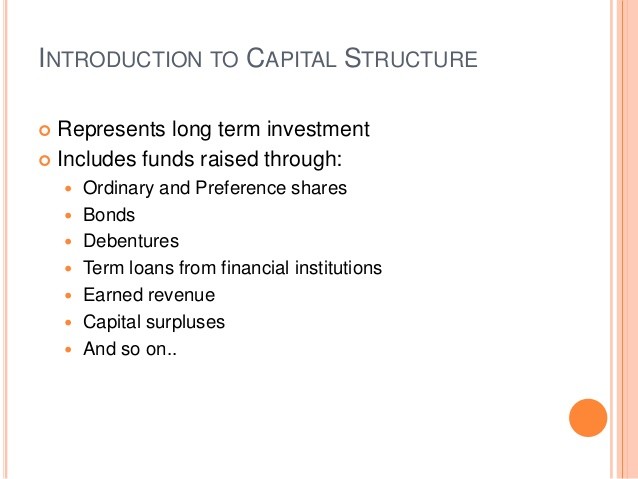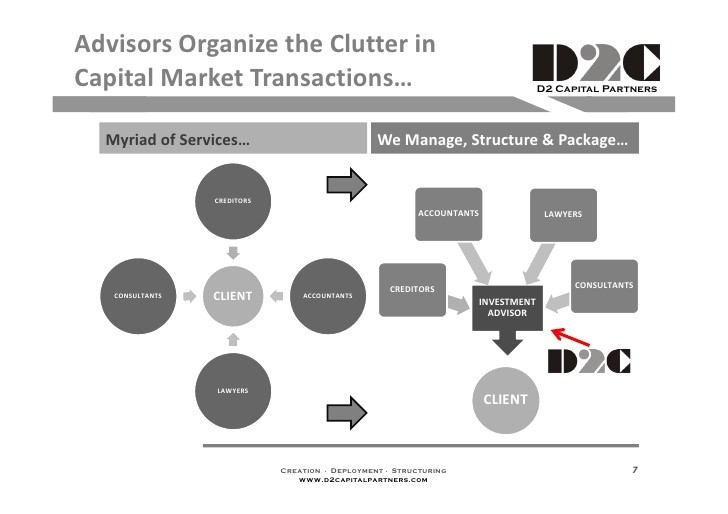An Introduction to Capital Structure (Why It Matters)
Post on: 20 Август, 2015 No Comment

Why Capital Structure Matters To Your Investments
Capital Structure — What It Is and Why It Matters
The term capital structure refers to the percentage of capital (money) at work in a business by type. Broadly speaking, there are two forms of capital: equity capital and debt capital. Each has its own benefits and drawbacks and a substantial part of wise corporate stewardship and management is attempting to find the perfect capital structure in terms of risk / reward payoff for shareholders. This is true for Fortune 500 companies and for small business owners trying to determine how much of their startup money should come from a bank loan without endangering the business.
Let’s look at each in detail:
- Equity Capital. This refers to money put up and owned by the shareholders (owners). Typically, equity capital consists of two types: 1.) contributed capital, which is the money that was originally invested in the business in exchange for shares of stock or ownership and 2.) retained earnings. which represents profits from past years that have been kept by the company and used to strengthen the balance sheet or fund growth, acquisitions, or expansion.
Many consider equity capital to be the most expensive type of capital a company can utilize because its cost is the return the firm must earn to attract investment. A speculative mining company that is looking for silver in a remote region of Africa may require a much higher return on equity to get investors to purchase the stock than a firm such as Procter & Gamble, which sells everything from toothpaste and shampoo to detergent and beauty products.

Other types of debt capital can include short-term commercial paper utilized by giants such as Wal-Mart and General Electric that amount to billions of dollars in 24-hour loans from the capital markets to meet day-to-day working capital requirements such as payroll and utility bills. The cost of debt capital in the capital structure depends on the health of the company’s balance sheet — a triple AAA rated firm is going to be able to borrow at extremely low rates versus a speculative company with tons of debt, which may have to pay 15% or more in exchange for debt capital.
Seeking the Optimal Capital Structure
Of course, how much debt you take on comes down to how secure the revenues your business generates are — if you sell an indispensable product that people simply must have, the debt will be much lower risk than if you operate a theme park in a tourist town at the height of a boom market. Again, this is where managerial talent, experience, and wisdom comes into play. The great managers have a knack for consistently lowering their weighted average cost of capital by increasing productivity, seeking out higher return products, and more.
To truly understand the idea of capital structure, you need to take a few moments to read Return on Equity: The DuPont Model to understand how the capital structure represents one of the three components in determining the rate of return a company will earn on the money its owners have invested in it. Whether you own a doughnut shop or are considering investing in publicly traded stocks, it’s knowledge you simply must have.














